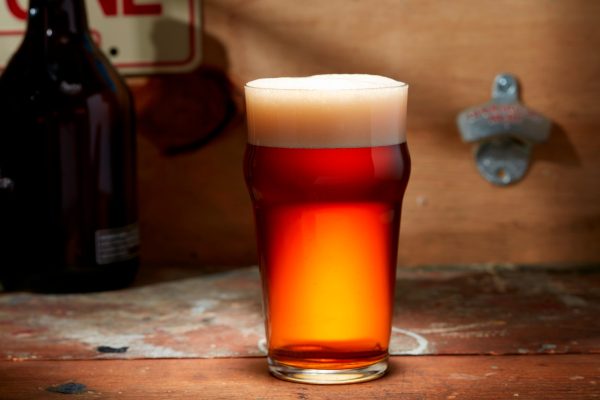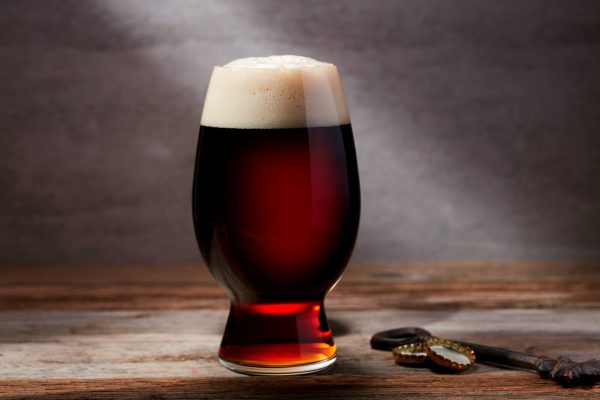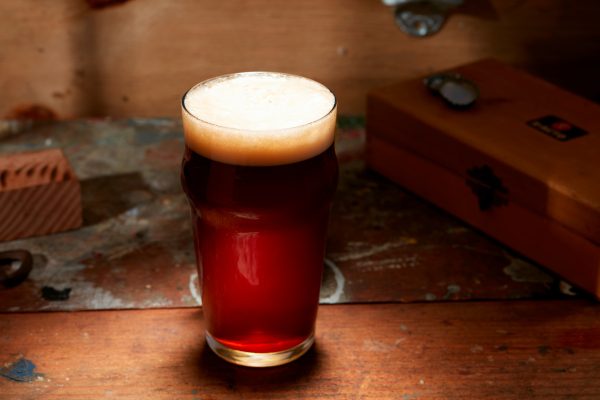
This recipe is courtesy of Drew Beechum and is featured in his book The Everything Hard Cider Book.
Two great herbs that are natural playmates are thyme and tarragon. They’re used in European cuisine and make a wonderfully aromatic and spicy one-two punch with thyme’s savory pungency softened by tarragon’s sweet licorice flavor.
Drew Beechum put together two herb teas for this recipe that play perfectly together – tarragon and thyme. The sweet licorice from the tarragon tames the thyme’s savory spice to a delightful blend for this cider. Think less explosive, more delicious flavor punches and give it a try!
This recipe is courtesy of Drew Beechum and is featured in his book The Everything Hard Cider Book.
Two great herbs that are natural playmates are thyme and tarragon. They’re used in European cuisine and make a wonderfully aromatic and spicy one-two punch with thyme’s savory pungency softened by tarragon’s sweet licorice flavor.
Drew Beechum put together two herb teas for this recipe that play perfectly together – tarragon and thyme. The sweet licorice from the tarragon tames the thyme’s savory spice to a delightful blend for this cider. Think less explosive, more delicious flavor punches and give it a try!
Ingredients:
- 1 gallon sweet apple juice (balances to the sweet)
- 1/2 teaspoon yeast nutrient
- 1 package dried yeast or liquid cider yeast
- 1/4 cup tarragon tea
- 1/4 cup thyme tea
Specifications:
Yield: 1 US gallon
Original Gravity: 1.049 (varies by juice content)
Final Gravity: 1.000
ABV: est. 6.5%
Directions:
Clean your fermenting vessel with a non-soap detergent. Rinse well—any trace residue will end up in your cider!—and air dry. Sanitize your fermentation vessel and 2 foil sheets per sanitizer directions.
Boil 1 pint (473 mL) water and let cool to 105°F (41°C). Mix in a pinch of yeast nutrient and sprinkle the yeast over the water. Cover with sanitized aluminum foil and let sit for 15 minutes.
Warm the apple juice to 60°F (16°C). Add the juice to the fermenter, and mix in the foamy yeast. Cover with more sanitized foil and place somewhere dark and cool, preferably around 60°F (16°C). After 2–4 weeks, the yeast should be done fermenting and will have dropped clear with all the yeast and protein settling at the bottom of the fermenter. Check fermentation periodically.
After primary fermentation, rack to your bottling bucket and add the teas. Mix thoroughly.
Package still and serve lightly chilled.







Share Post